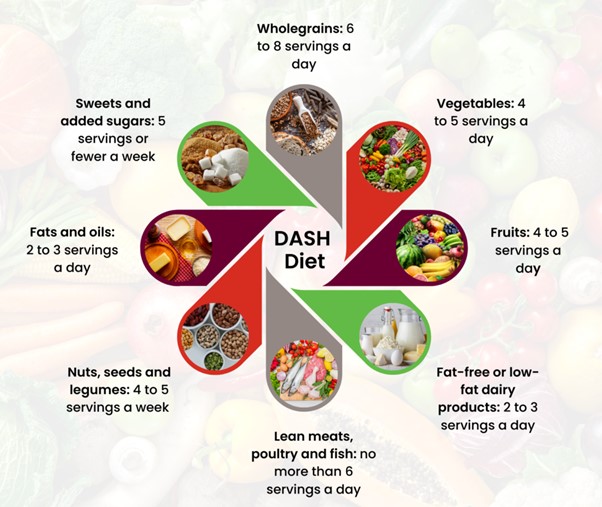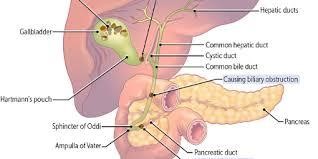The nurse is reviewing a nutrition plan with a client newly diagnosed with hypertension. Which statement by the client indicates an understanding of the Dietary Approaches to Stop Hypertension (DASH) diet?
The consumption of dairy-based products should be eliminated from the diet.
The consumption of protein products should come from lean meats, nuts, and dried beans.
The consumption of bread products should be gluten-free.
The consumption of fruit and/or vegetables should total between 4 to 6 servings
The Correct Answer is B

Nursing Test Bank
Naxlex Comprehensive Predictor Exams
Related Questions
Correct Answer is C
Explanation
Choice A
Providing pamphlets about heart-healthy diet selections should not be implemented. Providing information is important, but it might not be as effective if the client is strongly resistant. Engaging in a conversation first can help tailor the information to the client's needs.
Choice B
Referring the client to a dietitian for nutrition education should not be implemented. A dietitian can provide valuable education, but it might be more beneficial to address the client's concerns and resistance before making the referral.
Choice C
Discussing client's concerns about the change in diet should be implemented. When a client is resistant or unwilling to make changes to their diet and lifestyle, it's important for the nurse to engage in open and empathetic communication. Option C, discussing the client's concerns about the change in diet, is the most appropriate initial response.
By engaging in a conversation with the client, the nurse can better understand the client's perspective, reasons for resistance, and potential barriers to making dietary changes. This approach allows the nurse to address the client's concerns, provide information, and work collaboratively to find solutions that might be more acceptable to the client.
Choice D
Suggesting exercise as an alternative to increase HDL levels should not be implemented. Exercise is important for heart health, but it's important to address the client's resistance to dietary changes first. Additionally, dietary changes and exercise can work together to improve overall heart health.
Correct Answer is C
Explanation
Choice A
Beef broth should not be omitted. Generally, clear broths like beef broth are lower in fat and may be a better choice for someone with cholelithiasis compared to creamy or fatty foods.
Choice B
Ketchup should not be omitted. Ketchup is not typically high in fat and may not be a significant concern for someone with cholelithiasis.
Choice C
Ice cream should be omitted. Cholelithiasis refers to the presence of gallstones in the gallbladder. Gallstones can form from substances in the bile, and certain foods can trigger symptoms in individuals with gallbladder issues. One of the common triggers is high-fat foods, which can cause the gallbladder to contract and potentially lead to pain or discomfort.
Choice D
Bread should not be omitted. While bread contains some fat, it's not as high in fat as ice cream. The focus for individuals with cholelithiasis is often on high-fat foods rather than moderate-fat foods like bread.

Whether you are a student looking to ace your exams or a practicing nurse seeking to enhance your expertise , our nursing education contents will empower you with the confidence and competence to make a difference in the lives of patients and become a respected leader in the healthcare field.
Visit Naxlex, invest in your future and unlock endless possibilities with our unparalleled nursing education contents today
Report Wrong Answer on the Current Question
Do you disagree with the answer? If yes, what is your expected answer? Explain.
Kindly be descriptive with the issue you are facing.
